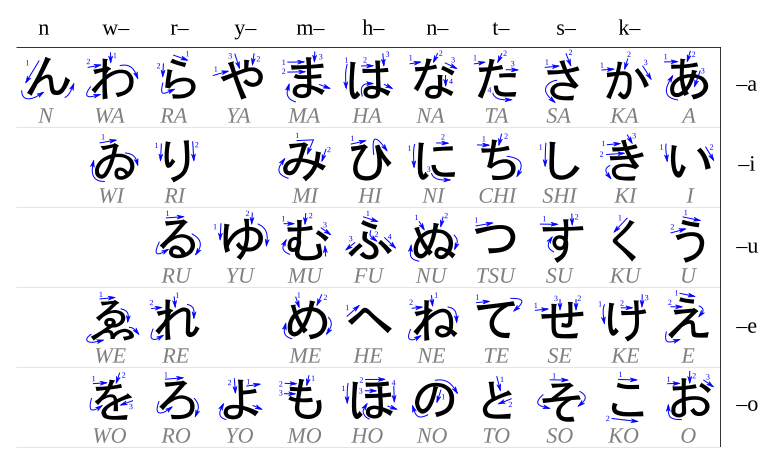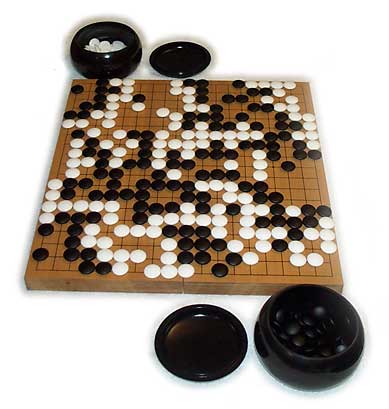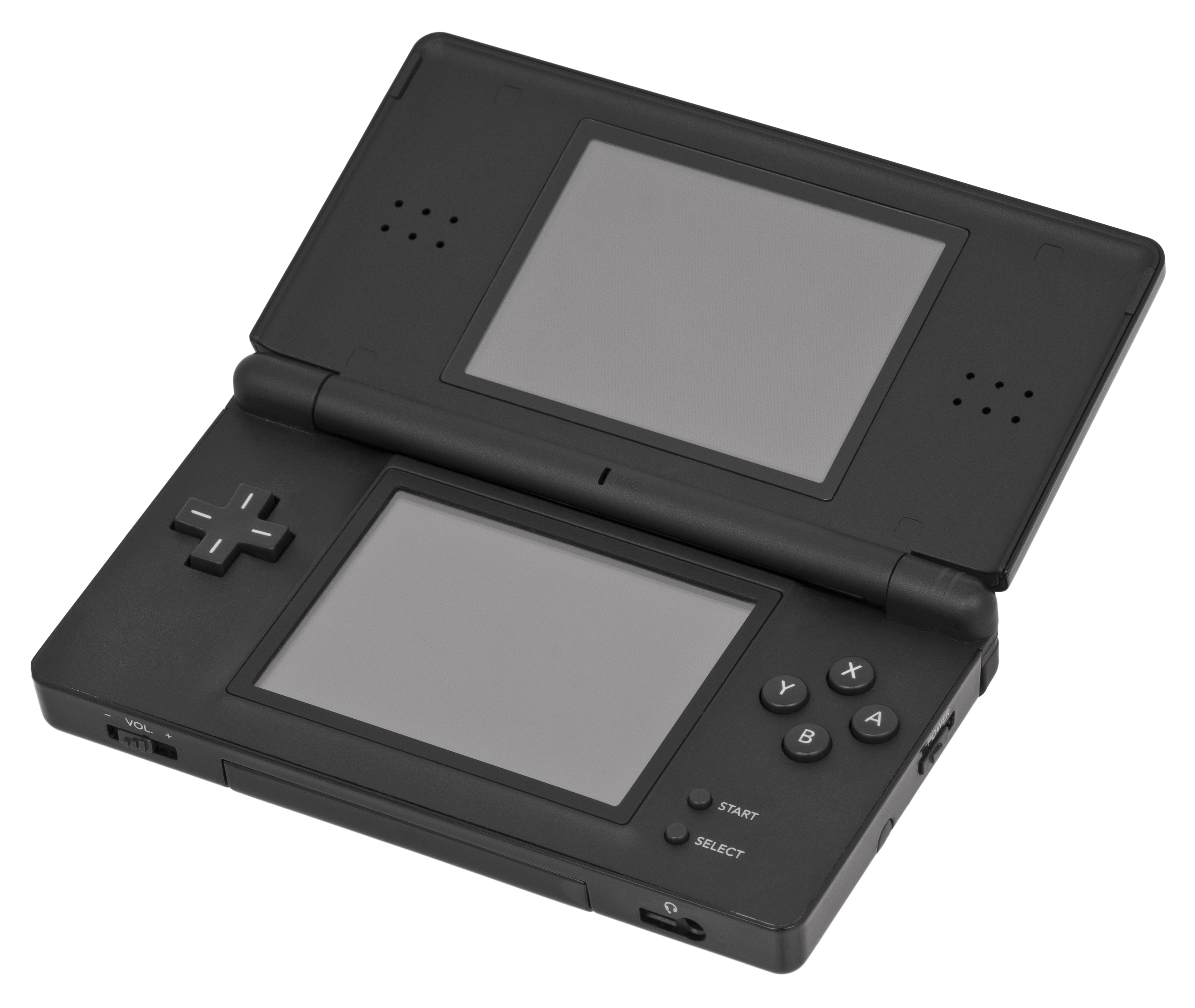The life of Joseph Mallord William Turner was born in late April or
early May 1775 at ’21,Maiden Lane, convert Garden, London. His father, William,
was a wigmaker and then he started cutting hair since wigmaker went out of
fashion in the 1770s. Little was known about his mother, Mary (nee Marshall).
His sister had a fatal illness, when Turner was only eleven years old. She died
in 1786 and a year before Turner`s sister was dead, he moved with his uncle in
Brentford, in a small market in the west of London.
Turner`s second home at 26, Maiden Lane, Convert Garden, 1852, watercolour, British Museum, London. This place is also his birthplace.
The first move that Turner made was in 1786, by attending school in
Margate, a small holiday resort on the Thames estuary. He did several
perspective drawings there and he finished school by the late 1780s. When he
went back to London he started working some different architects or
architectural topography.
Thomas Malton, Jr influenced him on his work and he went for the second
time to school at the Royal Academy in 1789. They did not learn much to paint
but the paintings were intended on the curriculum in 1816. They drew, from
plaster casts of antique statuary to some other works of the nude. They took
about two and a half years to make the move and Turner exhibited for the first
time in 1790, at the Royal Academy School. He participates some contemporary
art until 1850.
In that era the Royal Academy did one exhibition every year. In the 1790
Turner moved in Oxford Street to learn a lesson to move his art into dimensions
of light and colours previously unknown to paintings. He also created several
drawings that consist on nature of watercolours. In 1791, he made some other
works as a scene painter at the Pantheon Opera House in Oxford Street.
The Pantheon, the morning after the fire, RA 1792, watercolour, Turner Bequest, Tate Britain, London.
The Pantheon Opera house in Oxford street was burnt down by arsonists on 14 February 1792.
Basically Turner was doing good work till in the 1793, the Royal Society
of Arts awarded him from his ‘Great Silver Pallet’ award for the landscape drawing.
The youth was selling works easily and in 1790s they gave them the opportunity
by giving private lessons He met different Artists during 1794 and 1797, some
of which made friends with. By the time, he improved in his Art works and did
more works. Hid did several works that are Romantic Paintings and by the time
he moved his art to impressionism and also to an abstract way.
This picture is an Attic in Turner`s house in Maiden Lane, Convert Garden, said to have been Turner`s first studio, 1852, watercolour, British Museum, London.
If we look at his master-works that turner made we cannot forget the
first painting that he made. The first painting was ‘The Archbishop`s Palace,
Lambeth’, that was made in 1790, by using watercolours. He exhibited this
painting at the Royal Academy for the first time. It was a perspective drawing
and he was influenced from Thomas Malton, Jr when he was just fifteen years
old. I think that Turner wants to show the importance of the people and
directions that they are going by putting a bright light and shadow. He also
put importance on the buildings. The colours that he used were orange, yellow
and brown and the mood was calm. In my opinion I think that he wanted to use
blended colours to give a soft feel for the smooth façade of the buildings.
The Archbishop`s Palace, Lambeth drawing.
In the 1792 Turner drew ‘Tom Tower, Christ Church, and Oxford’. He used
pencil and watercolour on white paper as a media. This drawing was never
exhibited or sold, that is why it has remained in his bequest. He was inspired
from Michael Angelo Rooker`s water colour. He first laid down a wash of a very
pale yellow and after it dried he added a wash of light grey. To finish this
painting he used a scale of eight tones of light brown grey to dark blue grey.
Basically Turner used three colour scales and around twenty-five separate
tones. This drawing is made when he was seventeen years old during summer, in
the late afternoon sunlight. In my opinion Turner focused more on the tower
since the other building are darker in colour. Although the work is very detailed
still looks faded on the four right of the drawing I noticed four droplets on
the building, unknown if it was intentionally or a mistake.
This is the Tom Tower, Christ Church, Oxford drawing.
In the Royal Academy Exhibition of 1796, Turner did oil on canvas
drawing that is called ‘Fishermen at sea’. Before he made this drawing, in 1795
Turner visited this island and made pencil sketches of the bay in his ‘Isle of
Wight’ sketchbook. Turner was influenced by the French marine painter Joseph
Verner and while the shaping of the clouds demonstrates the influence of
Philippe Jacques De Loutherbourg. During the time when Turner painted this
picture, he was also strongly influenced by Rembrandt. In my opinion he used
dark colours and touches of white to enhance the moonlight. Although we can see
some flow of the waves, I noticed that very far out the sea looks calmer. I
could not figure out if this painting was drawn before or after a storm.
This is another drawing called "Fishermen at Sea".
This drawing might be the last one that Turner himself could have
painted as late as 1850. This work is never exhibited and it is called ‘Yacht
approaching the coast’ although I clearly do not see this. The bright light was
a resemblance of God that might have been at a time when Turner was passing
through a difficult time in his last days. It looks like an abstract drawing
and faded colours. His paintings became surreal into a sense that he no longer
cared what the critics would say. It was almost as if he knew that he was about
to move on to a place of higher divinity. In his last years the paintings no
longer appeared to have detail as they became more abstract.
This is made by using oil on canvas that called "Yacht approaching the coast".
Turner died on 19th December 1851 and was buried in St Paul`s
Cathedral. Turner`s work had moved to Queen Anne street Wet and David Place,
Cremorne New Road, Chelsea studios. He had more than two thousand paintings and
water colours. We can say that Turner had left a beautiful work.
The death mask of Turner at the National Portrait Gallery in London.
Resource:
Shanes. E. 2004. Turner - The life and Masterworks. Third Edition. New
York, Usa. Park stone press LTD.
 Before in
Japan, they had no writing system but when they imported Chinese Scripts they
were writing Classical Chinese or Japanese-Chinese hybrid style. Overtime the
Japanese and Chinese writing system were the same or similar meanings. These
two characters were simplified and became two syllabic scripts that are
Hiragana and Katakana, which had the same set of sounds in the language. These
consist of a little less than 50 ‘letters’ which are simplified to the Chinese
characters.
Before in
Japan, they had no writing system but when they imported Chinese Scripts they
were writing Classical Chinese or Japanese-Chinese hybrid style. Overtime the
Japanese and Chinese writing system were the same or similar meanings. These
two characters were simplified and became two syllabic scripts that are
Hiragana and Katakana, which had the same set of sounds in the language. These
consist of a little less than 50 ‘letters’ which are simplified to the Chinese
characters.





.png)


















.jpg)
.jpg)


















